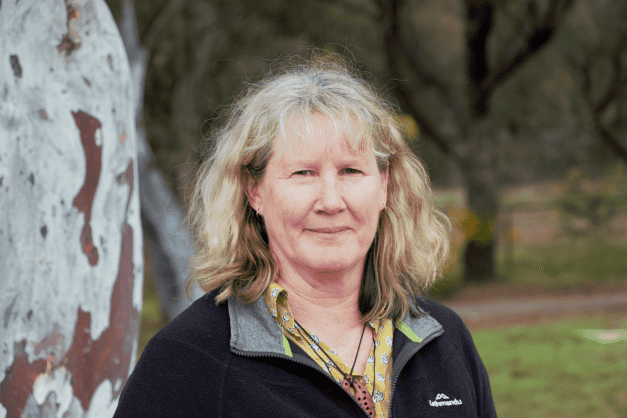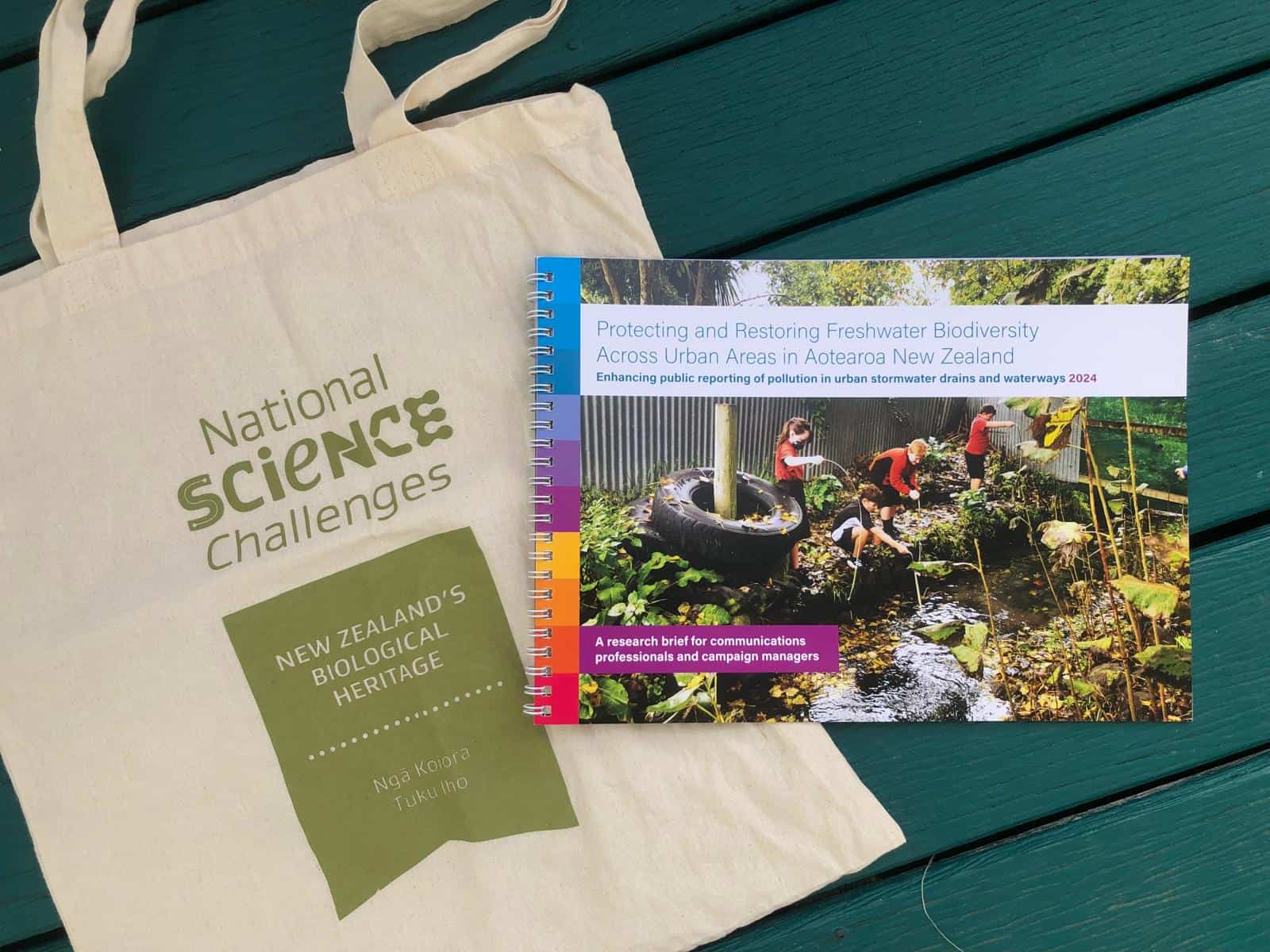The SO2: Empowering Kaitiakitanga & Environmental Stewardship team have been working to give government agencies, environmental organisations, and community groups new information for designing interventions to encourage high-impact behaviours that will benefit urban freshwater systems in some way. The team’s recent publication, which we spoke to researcher Lynette McLeod about back in February, provides a rank list of all the behaviours that would be beneficial.
With those behaviours identified, the team set their sights on learning how to best promote the uptake of three of the top behaviours that would result in immediate benefits.
These were: reporting of pollution in drains and waterways; installing rainwater tanks; and volunteering for waterway restoration.
They completed market research studies to learn more about the barriers and drivers of adopting these behaviours for different segments of the population. Their results are being compiled in traditional peer-review publications, but they are also being promoted as market research campaign guides.
“Our hope is that these will be helpful for people out there who want to look at the results and don’t necessarily want all the details available in our scientific publications,” says Lynette.

The team’s intention to make their research accessible has been brought to fruition with the help of BioHeritage Knowledge Broker Kerri-Anne Edge.

“Our goal was to package the information in a way that is easy to digest and useful to, for example, campaign managers within a council,” says Kerri-Anne. “These practitioners have the knowledge, training and resources to run effective campaigns, but they don’t necessarily have capacity to conduct market research to direct their efforts.”
To build these campaign guides, Kerri-Anne Edge worked closely with the researchers to translate their findings into a short form. She then enlisted Mel Hight, Creative Director at Hight Graphic Design Studio to rearrange the presentation of the information and design the graphics.
The result has been three beautiful volumes of rich (but not dense) information with the sole purpose of being useful, providing direction, and informing practice.
“These are good examples of being strategic about communicating science differently,” says Kerri-Anne.
Lynette has been particularly impressed with how the guides have come together.
“When you’re working in the community, you need an easy-to-read summary,” says Lynette. “Kerri-Anne is a leader in this field, the output is just amazing, and then those graphics and the design… it’s fantastic and something that will hopefully be helpful and reach a bigger audience.
These guides are designed to be used by campaign managers who are trying to activate local change for urban waterways. However, they will also be useful to urban residents who are seeking to make meaningful changes themselves and science communicators as exemplars for the craft of useful meaning-making.
Enhancing public reporting of pollution in urban stormwater drains and waterways
Encouraging the installation of rainwater tanks in urban areas
Motivation residents to volunteer for urban waterway restoration
- In case you aren’t convinced by the research, this one has a compelling case study, completed by Master’s student Robbie Maris, that puts the research into practice.

Jenny Leonard
